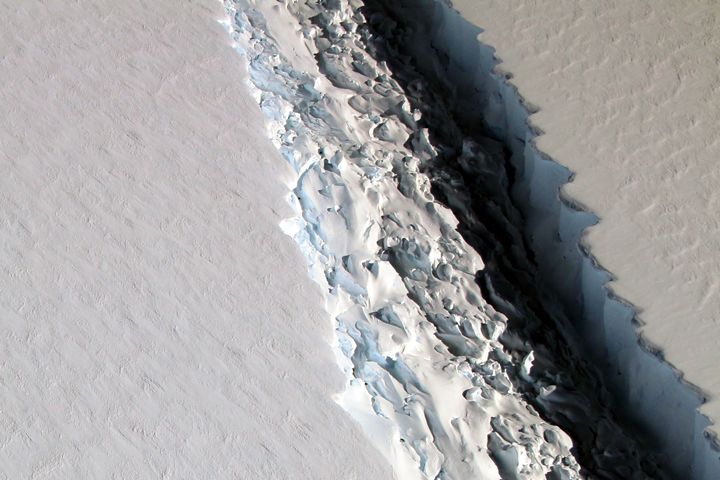That’s one big iceberg.
A huge iceberg, approximately 6,000 square kilometres in size, has broken off from Antarctica and is now cast adrift in the Weddell Sea, part of the Southern Ocean, the fourth largest ocean in the world.
According to The Guardian, the ice sheet had been threatening to break away from the Larsen-C ice shelf for some time and was said to have finally split off after scientists examined the latest satellite data from the area on Wednesday morning.
NASA reported the change would not lead to increased sea levels immediately, as the ice shelf was already floating on the ocean, but warned that it would now be easier for glaciers on the Antarctic continent to move towards the sea.
“Ice shelves float, so they do not directly contribute to sea level rise,” read a report on the NASA Earth Observatory website.
“They are important, however, because they buttress land ice and keep it inland. If a shelf disintegrates, glaciers that feed it can flow more quickly out to sea – a process that directly increases sea level.”
The pictures below were taken by NASA scientist John Sonntag on 10 November, 2016, during an Operation IceBridge flight. The mission, which makes airborne surveys of changes in polar ice, completed its eighth consecutive Antarctic deployment later that month.


Pics via NASA/John Sonntag via Storyful
The new iceberg, which is expected to be dubbed A68, is half as big as the world’s largest recorded iceberg, B-15, which split off from the Ross ice shelf in the year 2000, but it is still believed to be among the 10 largest icebergs ever recorded.






































